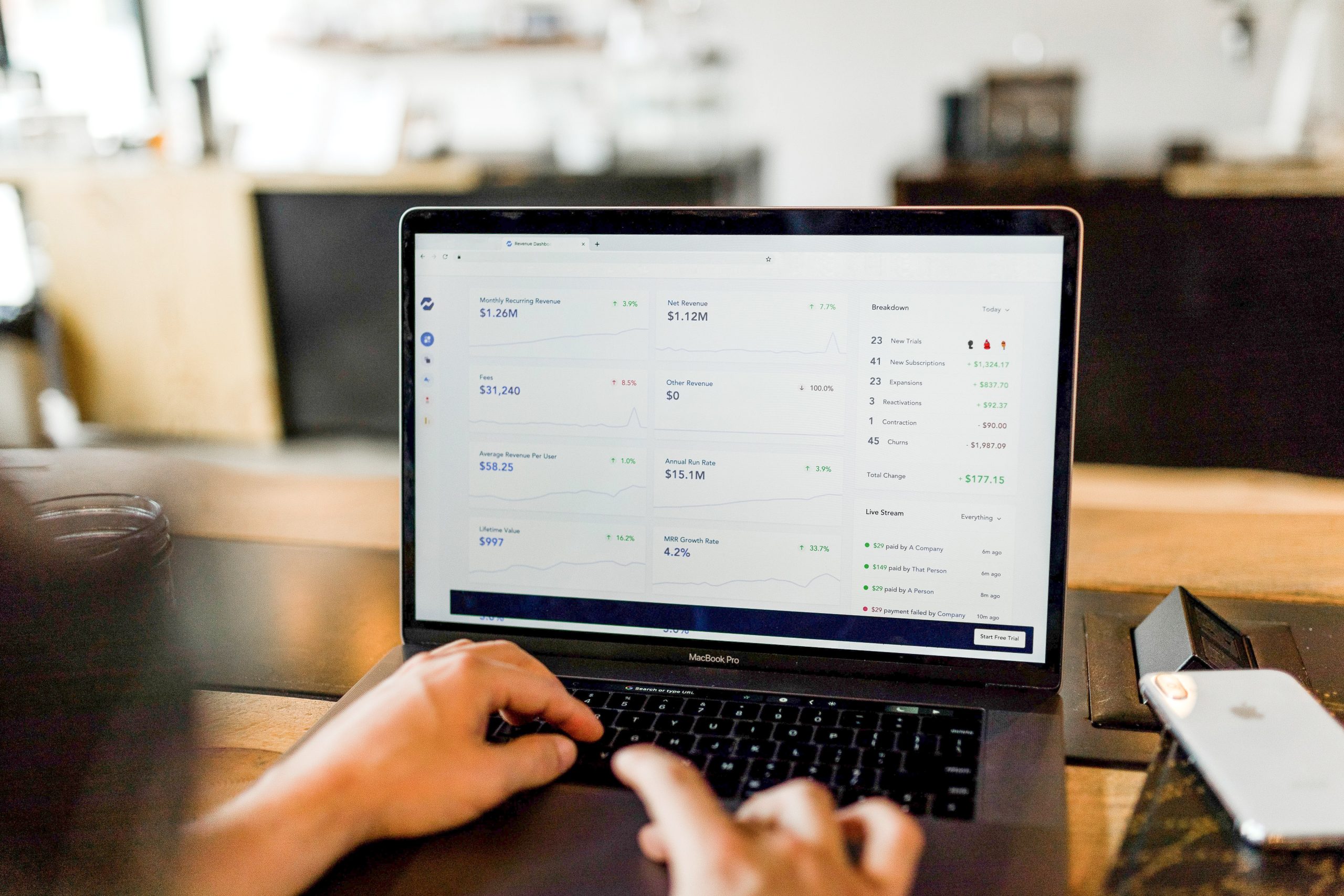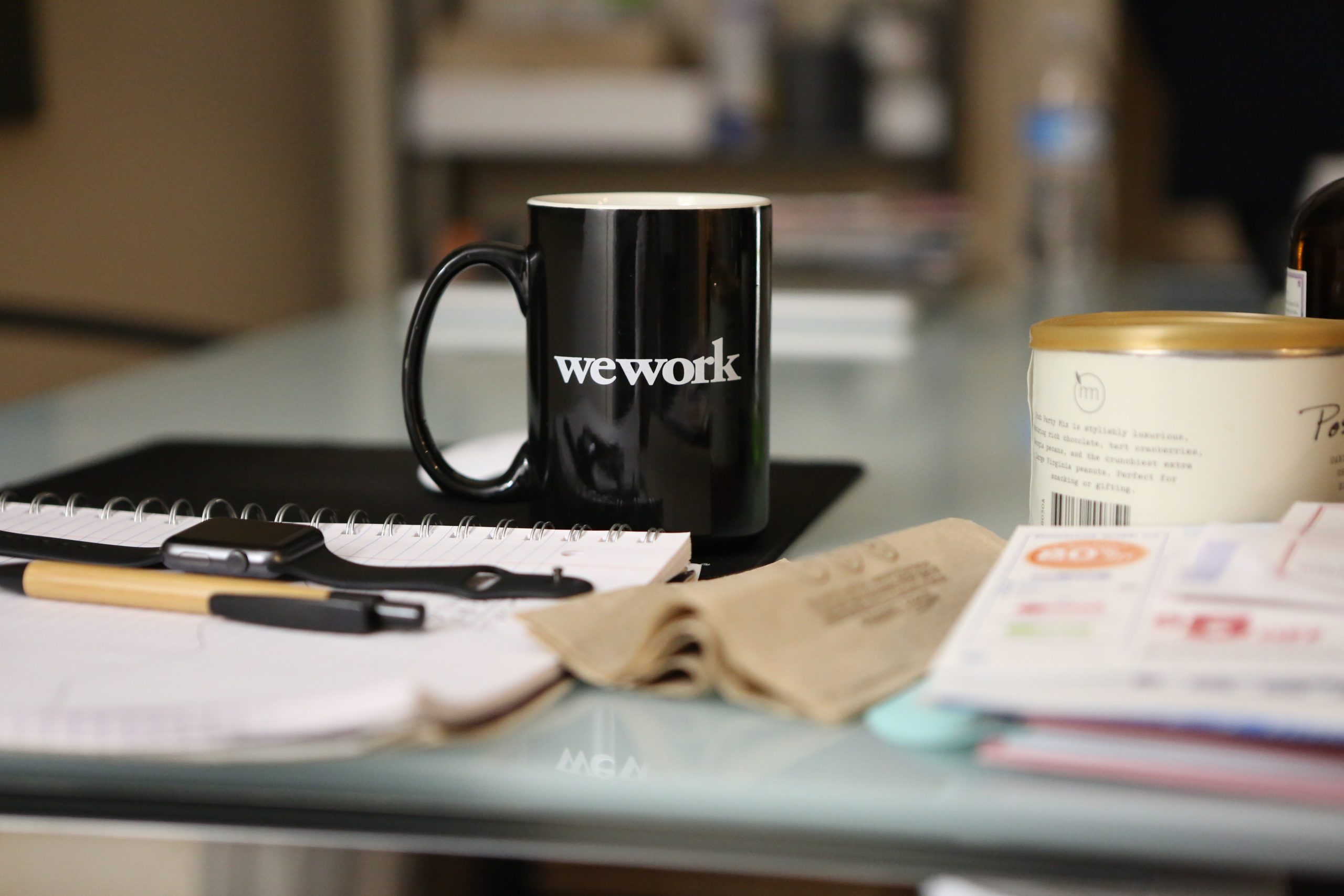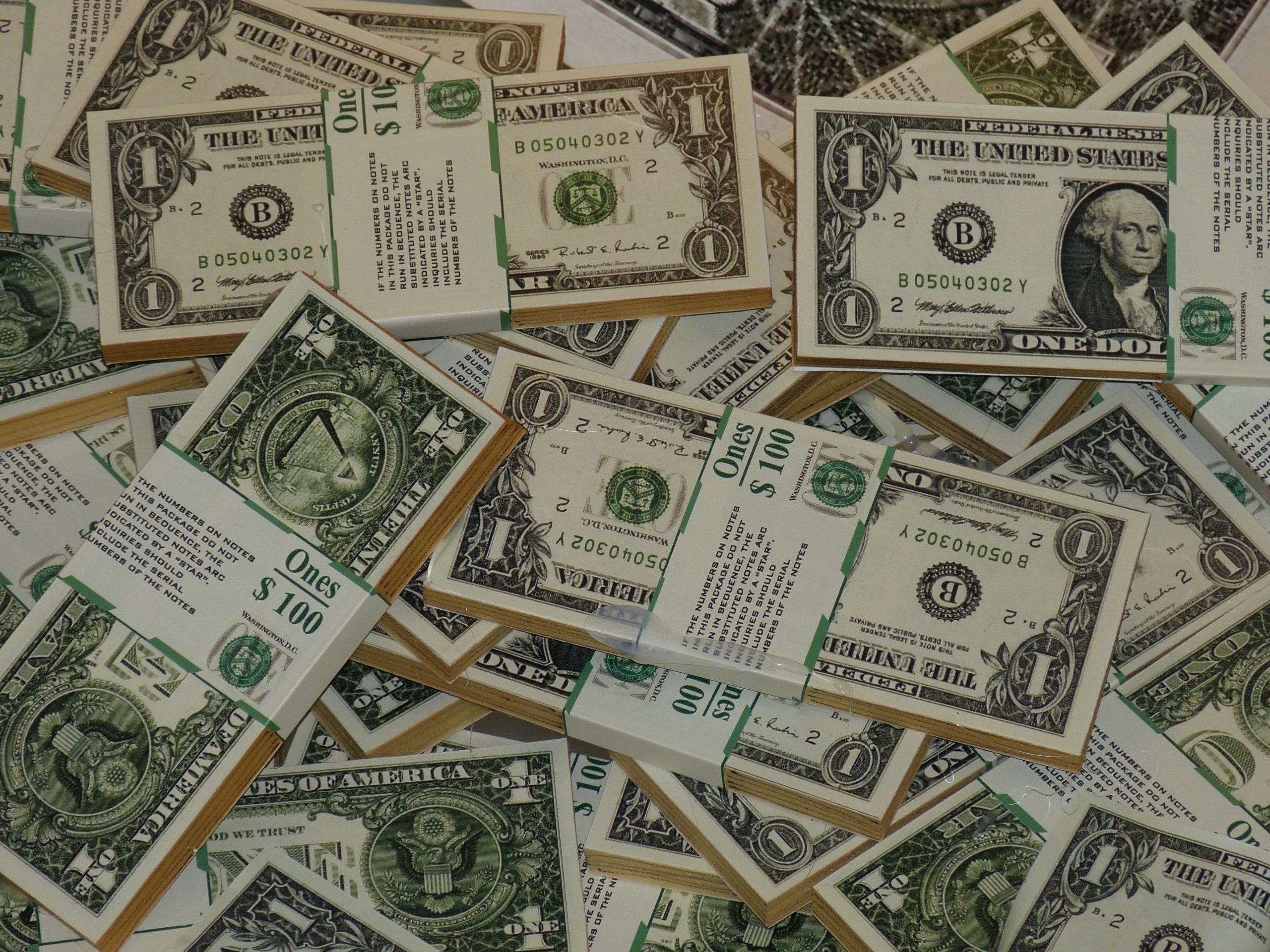Welcome to our latest blog post, where we dive into the Federal Reserve’s dilemma of balancing inflation and economic recovery amid the recent debacle surrounding Silicon Valley Bank (SVB). As the economy starts to recover from the pandemic-induced recession, inflation concerns have risen sharply. Meanwhile, SVB’s sudden collapse has sent shockwaves through financial markets and raised questions about regulatory oversight. In this article, we explore how policymakers at the Fed are grappling with these competing pressures, and what it means for businesses and consumers alike. So sit back and get ready for an insightful read on one of today’s most pressing economic issues!
What is the Federal Reserve?
The Federal Reserve is the central banking system of the United States. It was created by Congress in 1913 in response to a series of financial panics, most notably the Panic of 1907. The Fed is charged with maintaining stability in the financial system and promoting economic growth.
The Federal Reserve has three primary tools for conducting monetary policy: open market operations, reserve requirements, and the discount rate. Open market operations are the purchase or sale of government securities in the open market in order to expand or contract the money supply. Reserve requirements are the percentage of deposits that banks must hold in reserve and are not available for lending. The discount rate is the interest rate at which depository institutions can borrow funds from the Federal Reserve.
The Federal Reserve also regulates banks and other financial institutions to promote safety and soundness in the banking system. In recent years, the Fed has been increasingly active in providing liquidity to the financial system during times of stress.
The current dilemma facing the Fed is how to balance inflationary pressures with economic recovery amid fallout from Covid-19. On one hand, raising interest rates too soon could choke off economic growth. On the other hand, waiting too long to raise rates could lead to an uncontrolled increase in inflation. The Fed will need to carefully monitor both inflation and economic activity in order to make the best decision for achieving its dual mandate of maximum employment and price stability.
What is the Fed’s dilemma?
When the Covid-19 pandemic hit the U.S. economy in March 2020, the Federal Reserve took unprecedented action to stabilize financial markets and support economic activity. The Fed lowered interest rates to near zero, injected trillions of dollars of liquidity into the banking system, and started buying tens of billions of dollars of government bonds and mortgage-backed securities each month.
These actions were successful in preventing a complete collapse of the financial system and staving off a deeper economic recession. However, they also had the unintended consequence of driving up asset prices and creating conditions for inflation to rise.
In recent months, inflation has begun to pick up as the economy has recovered from the initial shock of the pandemic. The Fed now faces a dilemma: if it keeps rates low to support the recovery, inflation could accelerate; but if it raises rates to combat inflation, it could choke off the recovery before it is fully underway.
The Fed’s dilemma is made all the more difficult by the fact that many of its tools for fighting inflation – such as raising interest rates or selling assets from its balance sheet – could also do significant damage to the still-fragile economy. As a result, Fed officials are struggling to find the right balance between supporting economic growth and keeping inflation under control.
How might the Fed balance inflation and economic recovery?
The Federal Reserve faces a difficult dilemma in the wake of the coronavirus pandemic. On one hand, it wants to support the economy and help ensure a strong recovery. On the other hand, it wants to keep inflation in check. This is a delicate balance that the Fed must maintain in order to protect the economy and promote stability.
Inflation has been a concern for the Fed in recent years, as prices have risen at a faster pace than wages. This has put pressure on household budgets and led to concerns about affordability. The Fed has been working to raise interest rates gradually to help cool inflationary pressures. However, with the outbreak of the pandemic, this process has come to a halt.
The Fed slashed interest rates to near-zero in an effort to support the economy during the crisis. This policy has helped spur economic activity and promote recovery. However, it has also made it more difficult for the Fed to control inflation. As prices continue to rise, the Fed will need to take action to prevent inflation from getting out of control.
The Fed’s dilemma is further complicated by recent events in financial markets. The sudden sell-off in stocks and volatility in markets have caused many investors to seek safety in bonds. This has led to a sharp decline in bond yields, which makes it more difficult for the Fed to raise rates without spooking markets.
The bottom line is that the Fed faces a very difficult task in balancing inflation and economic
What are the potential risks of the Fed’s actions?
There are a number of potential risks associated with the Federal Reserve’s actions in response to the fallout from SVB. Perhaps the most significant risk is that inflation could begin to rise at an accelerated pace, which could lead to higher interest rates and further economic turmoil. Additionally, there is a risk that the Fed’s actions could be perceived as bailing out financial institutions and other SVB participants, which could damage the Fed’s credibility and erode public trust. There is also a risk that the Fed’s actions could result in higher taxes and more government debt, as well as increased regulation of the financial sector.
Conclusion
The US Federal Reserve faces a difficult balancing act as it works to promote economic recovery and contain inflation at the same time. As the Fed’s balance sheet continues to swell, its challenge is to ensure that this does not lead to runaway inflation, yet avert a recession due to potential slow-down in consumer spending or business investment. This dilemma could be aggravated by an unforeseen downturn in the global economy caused by second wave of virus infections or other macroeconomic events. It is up to central banks around the world – including the Fed – remain vigilant while taking decisive action when required, ensuring that economic activity remains healthy and sustainable over time.










